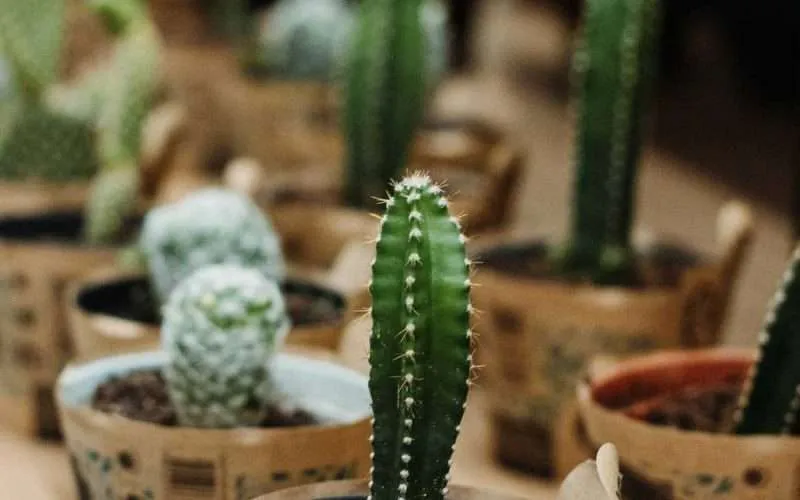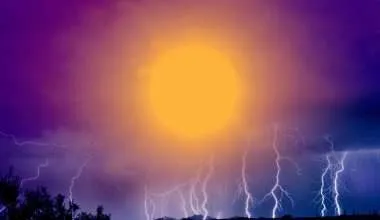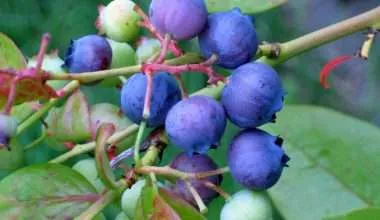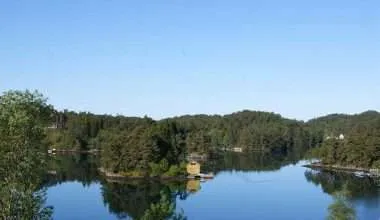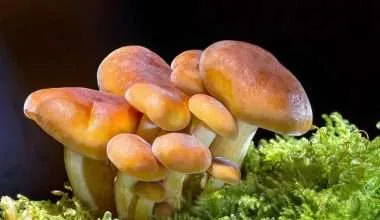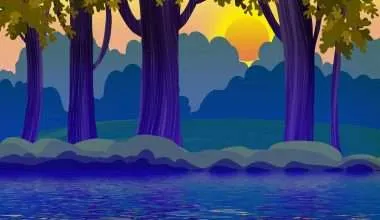Table of Contents Show
When we think of the desert, our minds come up with the image of sand, dreary landscapes, and nothingness.
Oddly, there are many desert plants with colorful textures, and of different features and sizes to make your garden stand out.
Desert plants are low-maintenance species that can handle even the harshest climate conditions and environments. They don’t require much care and can beautify any landscape easily.
Read more to know about the amazing features of these plants, the types you can grow in your yard, and how to take proper care of them.
Desert Plants’ Adaptations To Their Environment (Features)
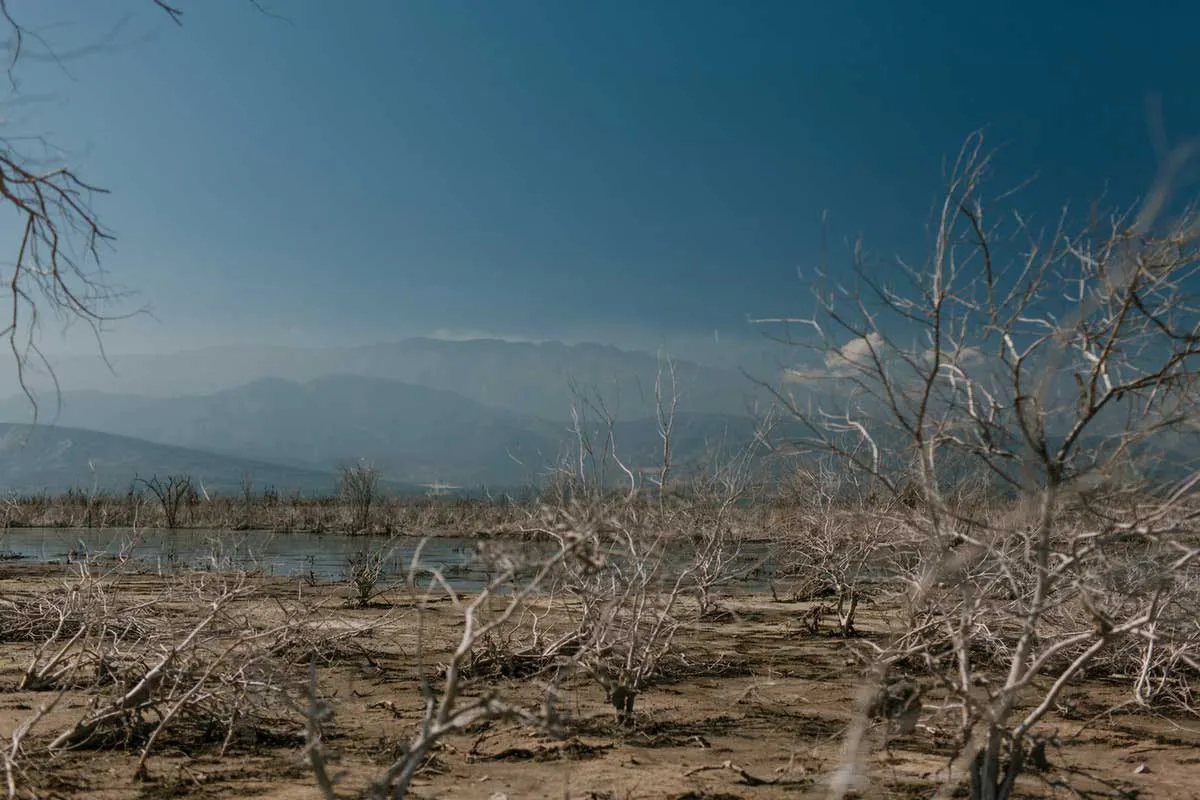
The desert can be an inhospitable environment. Living organisms in arid regions struggle to survive the limited water resources and intense heat.
Each organism has its unique way of survival. However, some of the survival characteristics of desert plants are similar. The desert plants’ adaptations are focused on getting sufficient water.
They adapt to their conditions to seek and reserve water and also prevent loss of water through evaporation.
Seeking Water
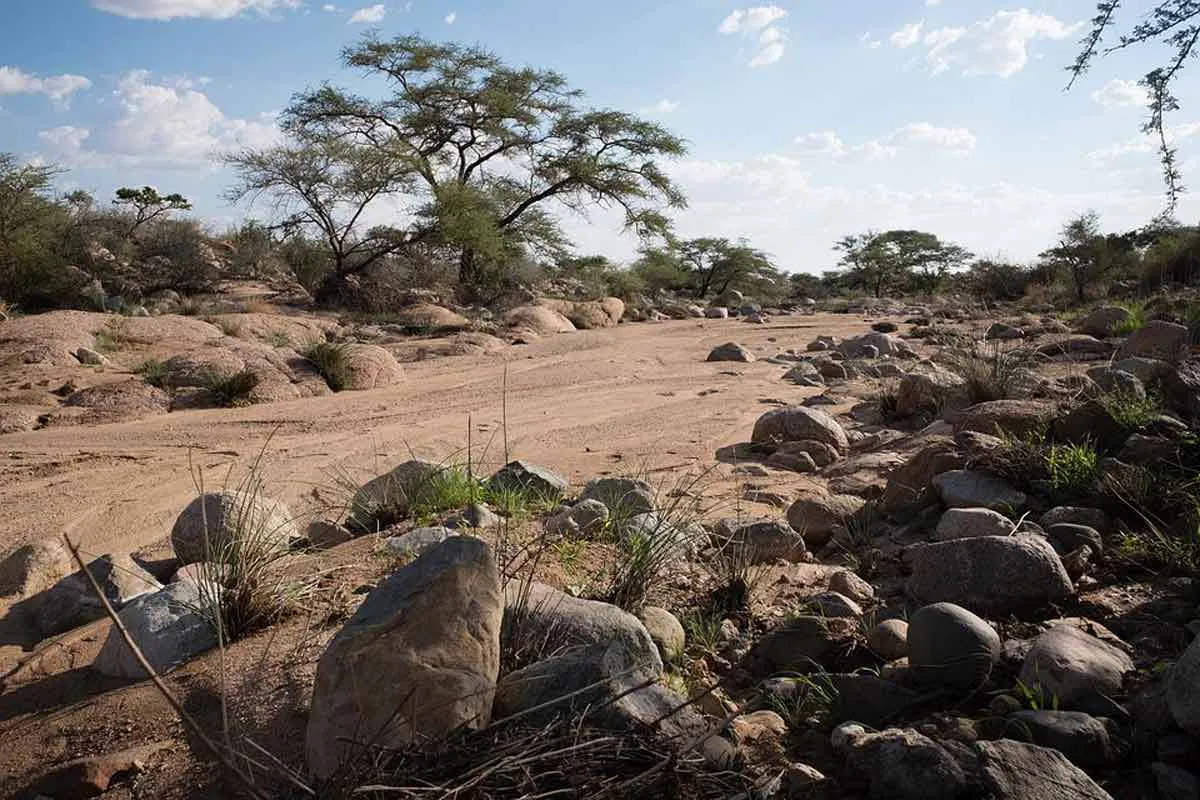
It is essential for all organisms to need water to be able to survive in the cruel desert climate. When they are deprived of water, their functions stop working and they fail to stay alive.
Desert plants’ life span depends on their ability to store water. Some plants in the desert have adapted to their harsh conditions in several ways to live longer.
Plants in a desert landscape are most fertile near riverbeds.
Even if the riverbeds are dry or wet, they usually have underground water and survival chances are higher if plant roots can get access to the water supply.
Riverbeds are also the places where water from rain generally accumulates. So in case of any rain, the desert plants are ready to receive the little water they can get.
Another good water source for a desert plant is fog, especially when the climate conditions are suitable for it.
On cooler mornings, air condenses to take shape of dew, which is gathered on the hair and leaves of the plants.
Desert plants generally have massive root systems, adept at reaching deep for water resources, even underneath the dry soil.
Storing Water
Once the plants have a considerable amount of water in their system through different means, they need to preserve it, despite the scorching heat of the desert.
Therefore, desert plants have survival adaptations that make them keep the water in their bodies.
Welwitschia mirabilis, a bizarre plant found in the Namib Desert in Southern Africa, is said to have a life span of up to 1500 years. It is a master of surviving in the dry and hot desert where others can’t.
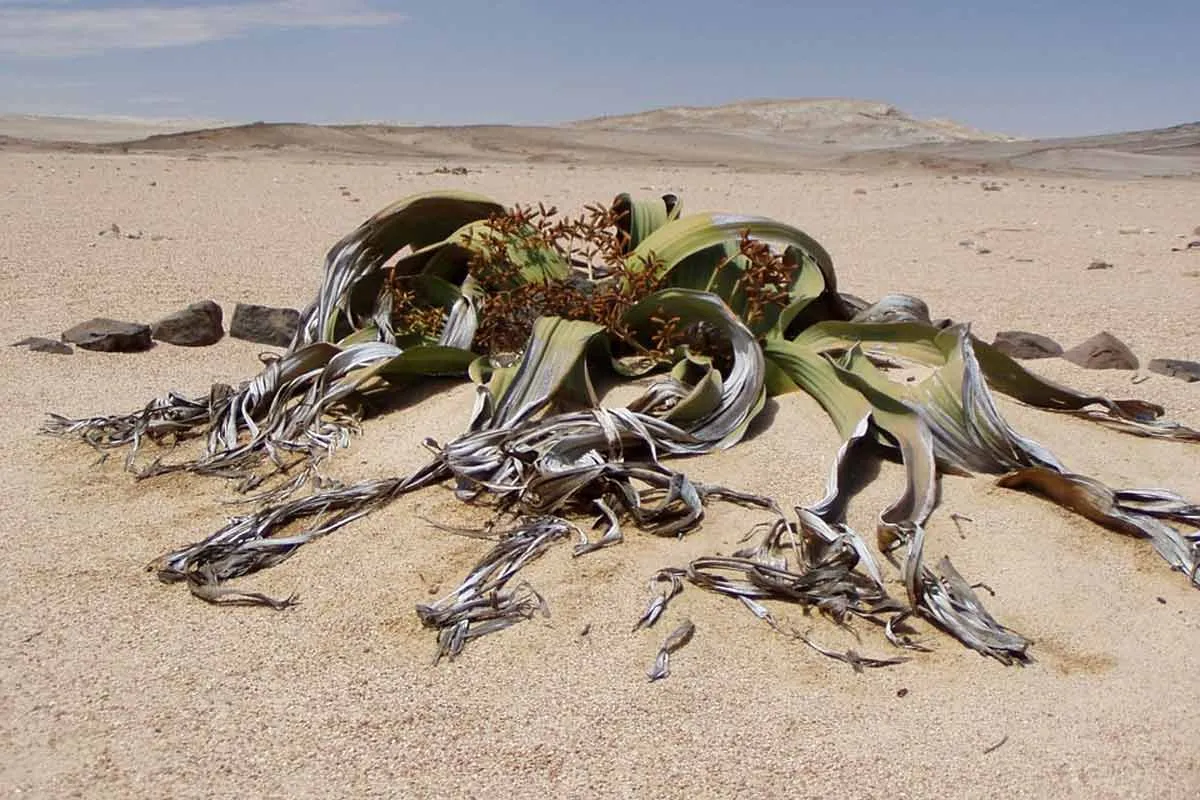
Desert plants are dormant for most of the year. During dry spells, these plants don’t perform any functions that will drain their water, like photosynthesis.
Think of someone stranded in the desert with limited resources and not doing any activities that will drain their energy.
Thus, these dry periods allow desert plants to survive. Although, they do not reproduce or grow in the most challenging and difficult times of the year.
When a desert plant produces seeds, the young seeds stay in their shielding coat for quite a long as compared to plants in temperate climates. When it rains in the desert, the water breaks down the shield of the seed and allows it to grow rapidly.
Some plants also survive longer in the desert than others due to their structural adaptations. Plants with wax layers on their leaves prevent the loss of water through evaporation.
In the arid climate, water can get drained from the surface as well as the inside of plant leaves. Most desert plants also have small leaves, which reduces the chances of any possible water loss.
Types of Desert Plants
Deciduous Desert Plants
Deciduous plants in the desert environment have adapted with the help of their leaves. Being deciduous means that these plants shed their leaves many times in the year, usually when the growing season ends.
As compared to the deciduous plants in temperate climates that shed leaves annually, desert plants shed their leaves up to five times a year.
They even lose leaves during droughts and grow new leaves in the rainy season. However, the plants don’t perform any activities while they are shedding leaves.
Succulent Desert Plants
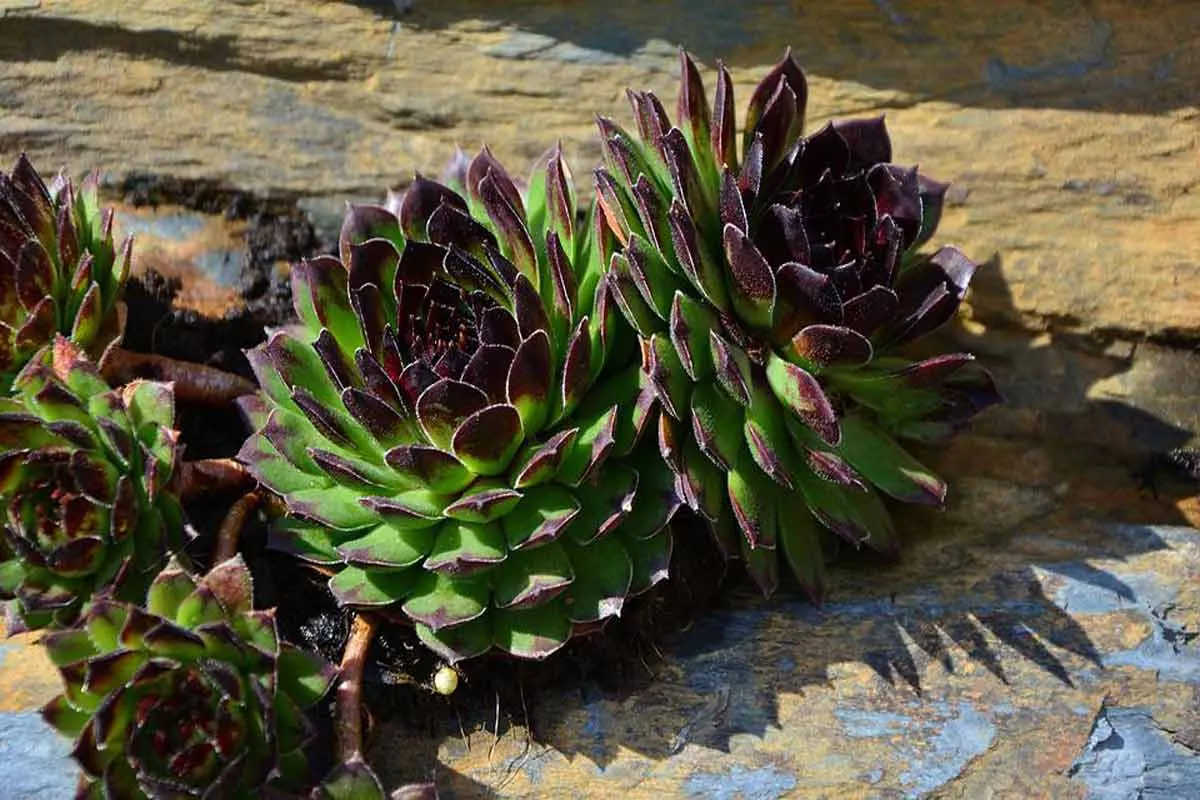
Some the desert plants such as aloe vera have fleshy leaves that can retain most of their water supply.
Such plants are called succulents due to the moisture in their bodies.
Succulent plants feel spongy but have a pulpy flesh when cut open. They are also protected by waxy covers and outer layers.
Desert Rose is a slow-growing succulent plant, known for its beautiful pink flowers. It is native to the Middle East, Africa, and Madagascar. Other interesting plants native to Africa include the Paddle Plant and the Living Stone plant.
The Paddle Plant is also an unusual-looking desert plant. It has a bold color, form, and texture that makes it stand out.
Living Stone plants, also called flowering stones are small and curious plants that look like pebbles and rocks.
Many stunning succulents can be found in the deserts of Central America, South America, Southwestern United States, and Mexico.
Agave plants, such as the Fox Tail Agave, Century Plant, and trees such as Desert Willow, Palo Verde, and other beautiful plant species can be found in these desert regions.
Leafless Plants
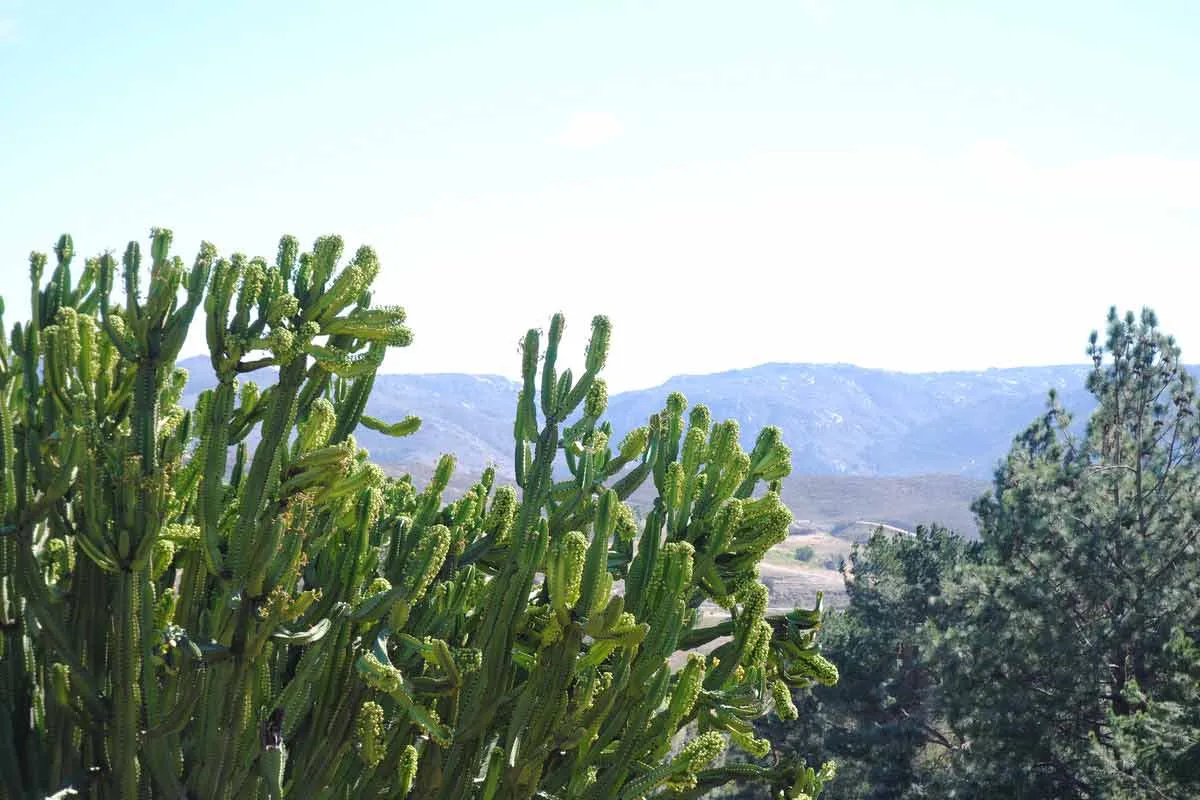
Most plants in the desert store their water by not having leaves on them.
In desert plants, the cactus is a good example of a leafless plant type. Most cacti have a spine instead of a leaf, which is helpful in performing photosynthesis and capturing dew in the right climate conditions.
The small structures of a leafless plant also reflect light, which further reduces any water loss.
During periods of heavy rains, cacti are able to grow temporary root systems and also absorb water. They also shed their roots in dry ground.
A little rain for a lot of beauty!
Desert plants make do with the resources they have. They are survival champions and despite living in cruel environments, some of them have a rare beauty.
The Sonoran desert in North America is a complex area of land. It has diverse geological structures with many rare species of desert animals, plants, and other organisms.
One of the reasons for the existence of a large number of living things in the Sonoran Desert is the bi-seasonal rainfall it receives.
The Mojave Desert, located in southern Nevada and southern California, is a rain shadow area, with annual rainfalls. However, it is rich in succulent plants with healing properties such as the Creosote Bush, known for treating body pains and viral infections.
Other plants of the Sonoran and the Mojave Desert in the Great Basin area include Desert Lily which can be used in the treatment of digestive issues and to improve the immune system.
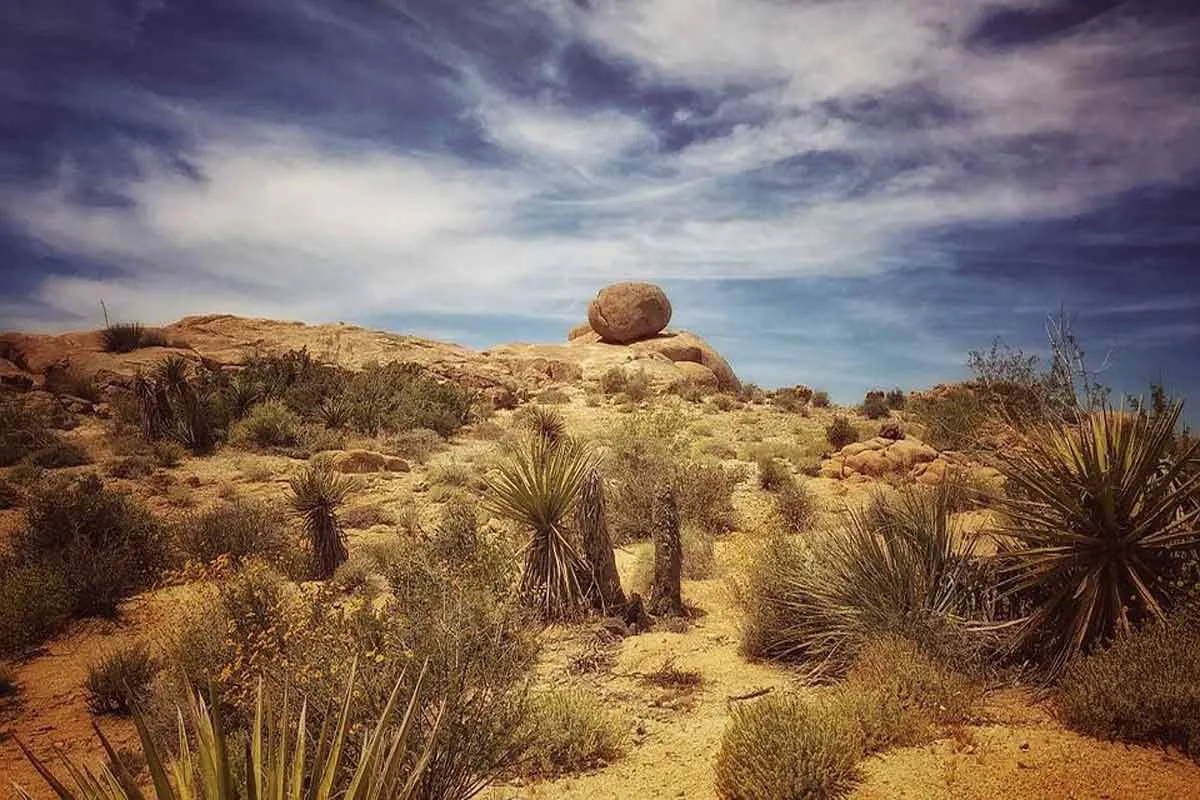
Two distinguished forest ecosystems, Colorado and the Mojave come under Joshua Tree National Park. It is a massive protected area characterized by rock formations and intriguing desert landscapes. Joshua Tree has located in southern California.
The California Poppy is also found in the area, with its bright yellow flowers and green feathery foliage. It is drought-tolerant and grown as annual flowers.
North of the Mojave Desert is the fascinating Death Valley, a desert valley with an extreme climate. Even in extreme dryness and heat, you can still find some succulents and cacti. Although, they are less in number.
The Perfect Desert Plants For Home Gardens
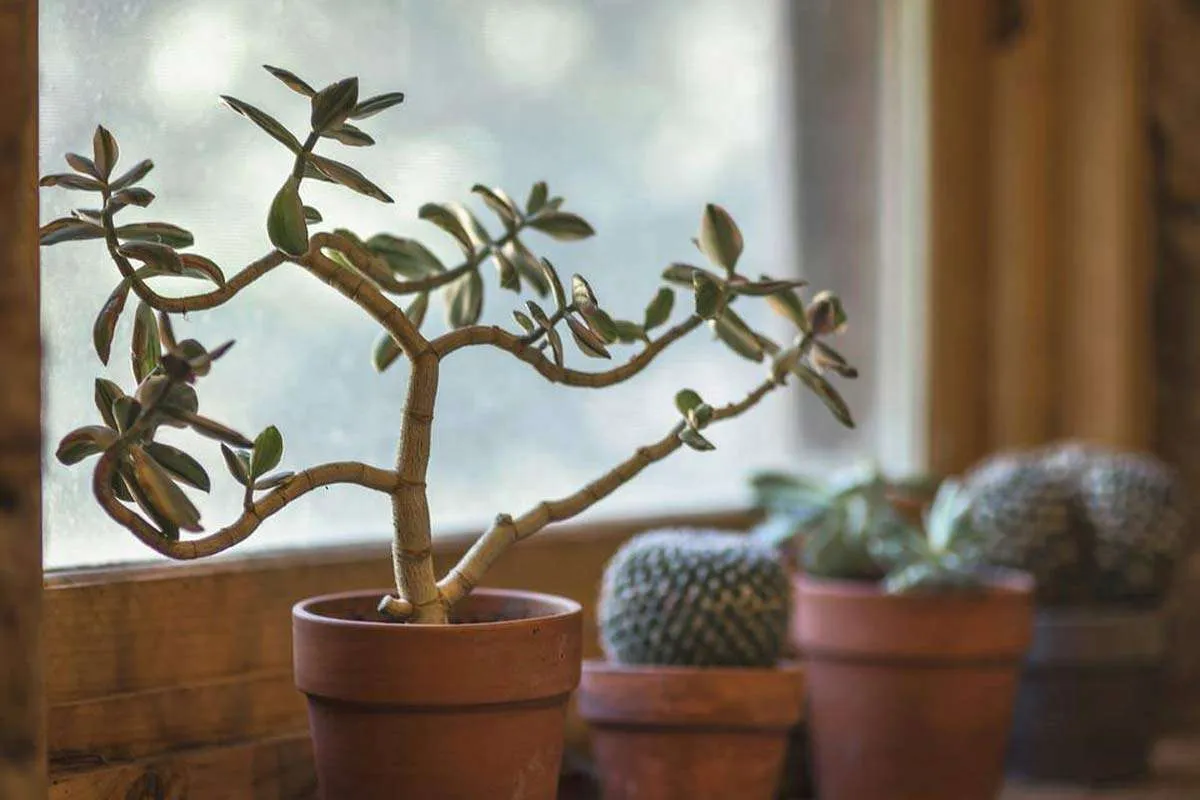
Desert plants are not just limited to the wilderness. They can be great statements that will transform the look of your house in amazing ways.
Succulents can give a boost to your interior and add some liveliness to your place. From window sills and desks to coffee tables and kitchen counters, desert plants can be used as ornaments for a cool upgrade to any space.
They only require direct sunshine and some water, and won’t stress you out with their low maintainance needs.
You can even plant them in your home garden. A desert plants garden can be beautiful and make people stop and stare when they enter your house. Landscaping with desert plants is versatile and full of amazing options.
While these plants have their unique charm, they aren’t suitable choices for a well-watered and fertile landscape. So make sure you are aware of your desert plant type before bringing home one.
5 Types of Desert Plants you can grow at home!
Here are some of the most suitable desert plants that can elevate the look of your home garden while being low maintenance. Get some desert plants garden inspiration by knowing in detail about their characteristics, uses, and how to take care of them.
While they need infrequent and minimal care, a proper care routine would ensure their health.
1. Texas Sage
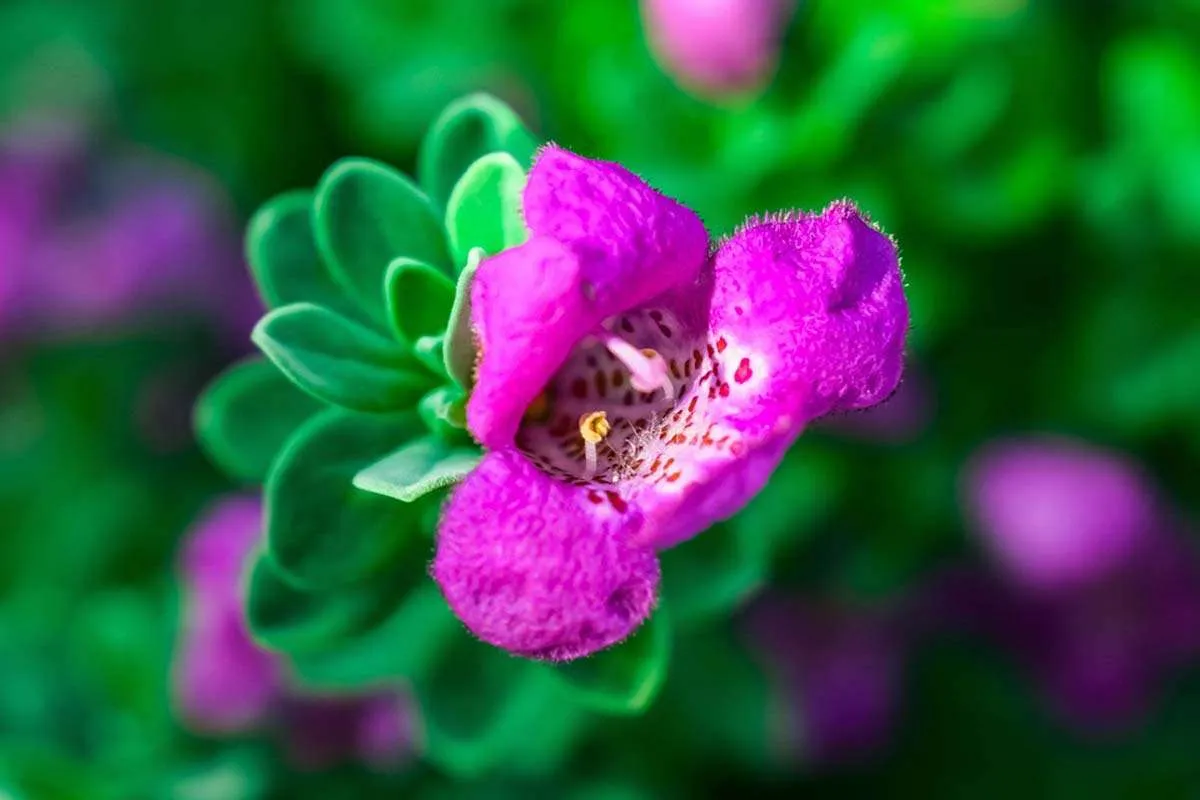
It is a drought-resistant shrub that can tolerate extreme weather conditions such as intense heat and lower temperatures (as low as 10 degrees Fahrenheit).
Texas Sage (Leucophyllum frutescens) has thin branches and soft, rounded leaves that give it a dainty look. It has a strong root system that prevents soil erosion. The plant grows up to 5 feet in height and width and is great for filling up any gaps in your garden.
During summers, the shrub produces lavender blooms that stay till fall. However, in winter it can get dull green.
Care Tips
- Place them in direct sunlight as they need almost 6 to 8 hours of full sun every day.
- Water your plant once in the whole week. Keep doing this for three weeks until your plant is well grown.
- Rainfall will keep your plant well hydrated. In case of drought, water it one time and water again if you notice dry soil. Overwatering can kill the plant so be careful.
- They don’t need pruning so let them be lush and healthy as it is.
- Make sure the soil drains rapidly as the shrub is at risk of root rot. Don’t place it in areas where it can hold water for a long time.
Uses
- The plant can be used for privacy to cover a patio or to conceal your neighbor’s house.
- It can be planted as a border around swimming pool areas or to separate gardens.
- The plant can be placed as a backdrop to a desert garden bed.
- It can highlight features of a garden, for example, dry riverbeds.
2. Mexican Feather Grass
Add an elegant look to your space with Mexican Feather Grass (Nassella tenuissima) plants. They have hundreds of long and thin blades grouped together for a feathery aura.
They can get darker close to their roots. These plants turn golden and give a silky look in summer. It grows well in hot climates.
However, this gorgeous plant is extremely invasive and can spread everywhere. But the bright side is that its invasiveness helps with soil erosion due to its complex root system.
Care Tips
- Plant it in a high-exposure area as it needs 6 to 8 hours of direct sunlight in a day.
- If it rains frequently where you live, then you don’t need to water it too often. However, in dry summers it needs to water deeply. Limit the watering to once a month or once every two months.
- It needs well-drained and moist soil but don’t let it flood.
Uses
- Mexican Feather Grass can be placed along hillsides.
- It can be used as a backdrop due to its height.
- The plant can be placed in areas risky to erosion.
- It can be planted near garden edging and along walkaways
3. Zebra Cactus
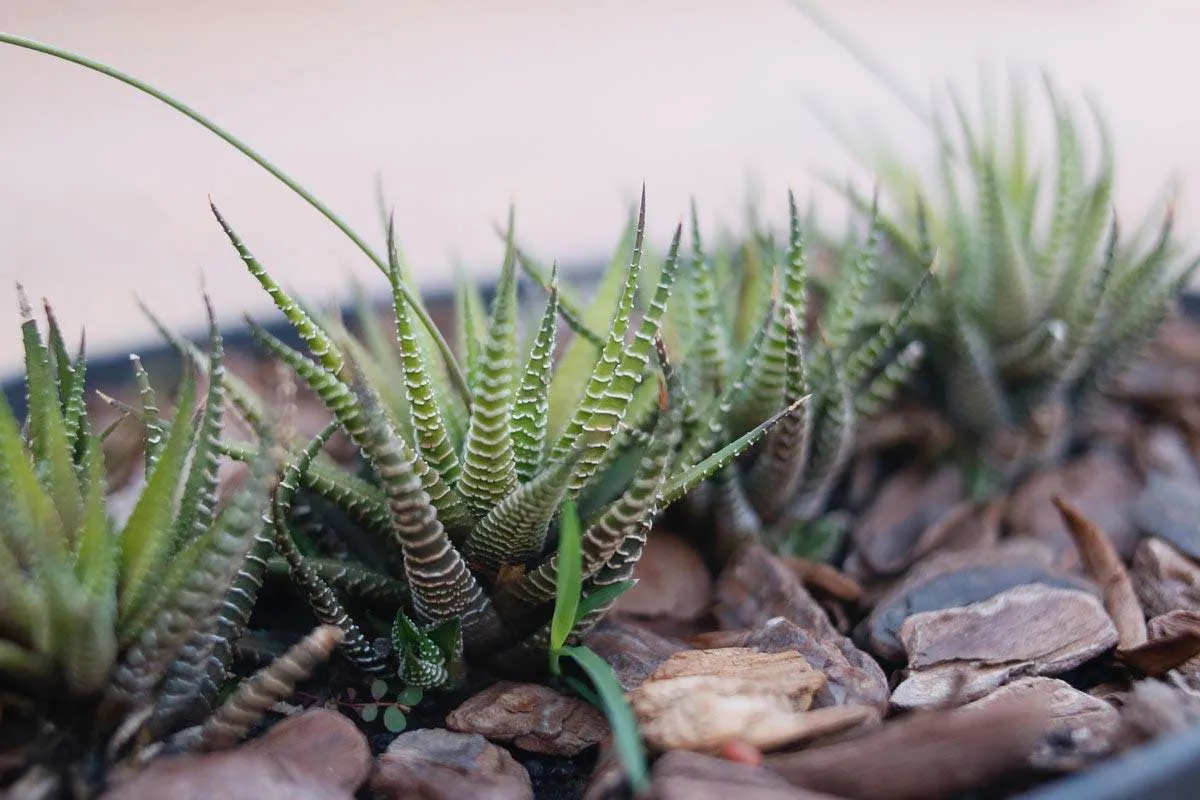
Add a striking pattern to your garden with the Zebra Cactus (Haworthiopsis attenuata) plant. It looks similar to an Aloe Vera, but what makes it different is its unique color patterns that are like a zebra’s stripes.
It has dark green rigid leaves that highlight white stripes. It is a head-turner and will capture your visitors’ attention to your garden.
Zebra Cactus is small and grows up to 5 inches. It also has a slow growth which is a great option for any desert garden.
Care Tips
- It grows well in partial sun and requires 4 to 6 hours of indirect sunlight in a day.
- You can water it once every three to four weeks. Generally, water the plant thoroughly and then wait for the soil to dry before watering it again.
- Drain the soil well. It also thrives in rocky soil.
Uses
- It can be used as a centerpiece in your garden
- Zebra Cactus can give a personality to any dreary garden
- It will fit well in a rock garden
- It also looks great combine with a Prickly Pear cactus
4. Pencil Plant
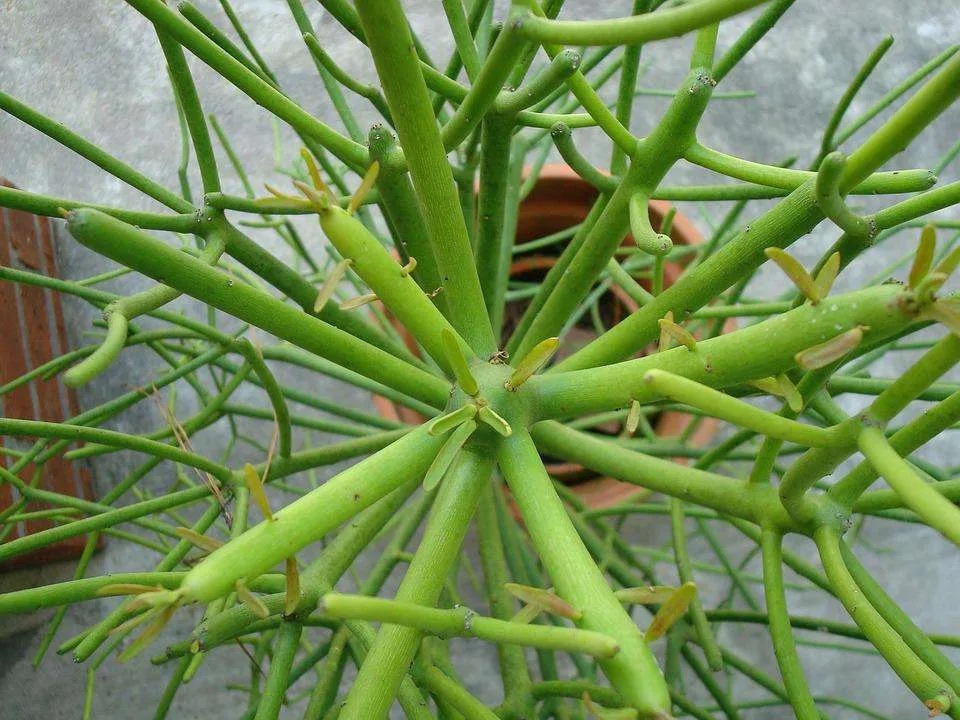
It is a native plant of Africa, and extremely drought-tolerant. It will bring the necessary texture to your desert garden to make it more lively.
While it has a natural green color, the Pencil plant (Euphorbia tirucalli) will become coral or yellow if it is not given the right environmental conditions.
It does not grow healthy in cooler temperatures or with insufficient water. If placed in the ideal habitat, these plants can grow up to 30 feet tall.
Care Tips
- It needs 6 to 8 hours of direct sunlight each day
- Water it once every two weeks in the summertime. Do not water it in winter.
- Plant it in well-drained and gritty soil
Uses
- They can be placed on high ground as they can grow into towering figures
- They can add a vibrance and color to any garden
- It can complement other plants in the space
5. Desert Marigold
These attractive desert perennials bloom in spring and throughout summer. Desert Marigold (Baileya multiradiata) plants resemble sunshine and their yellow flowers can bring a smile to one’s face.
They grow up to 2 feet tall and keep blooming and getting more colorful every year, especially with frequent rains. It is found in the Sonoran desert.
Care Tips
- Plant your marigold in a high-exposure area as it needs ample sunlight.
- Rainfall can keep these plants really happy. But you can water when the soil looks visibly dry to promote the growth of the yellow flower species.
- Use well-drained soil.
Uses
- They are great for transforming dull gardens into a calming sight
- It can be planted as a center piece or throughout the desert garden for a defined color palette
Desert plants go through so much and still stay strong. It can be a noble thing to grow one in your house and give it the proper care it needs.
Despite popular beliefs, they can be lovely plants to keep and also mix well with other plants and trees. Choose the one you think will look best in your garden and watch it grow into a magnificent plant.
